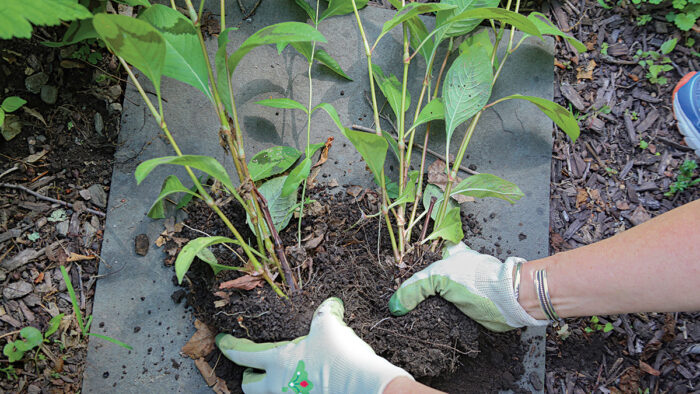
Exposure:
Some shade is essential in warmer zones, but even in the North, Virginia persicaria (P. virginiana) appreciates afternoon shade and wind protection.
Soil:
While most species are tolerant of soggy sites, they sulk in dry soils. Crispy leaves are a sure sign of overly dry conditions and/or too much sun and heat.
Propagation:
Divide plants in spring or fall as needed to control size and spread. Often you can just pull the clumps apart with your hands. Virginia persicaria and its cultivars can reseed excessively and become a nuisance under ideal growing conditions.
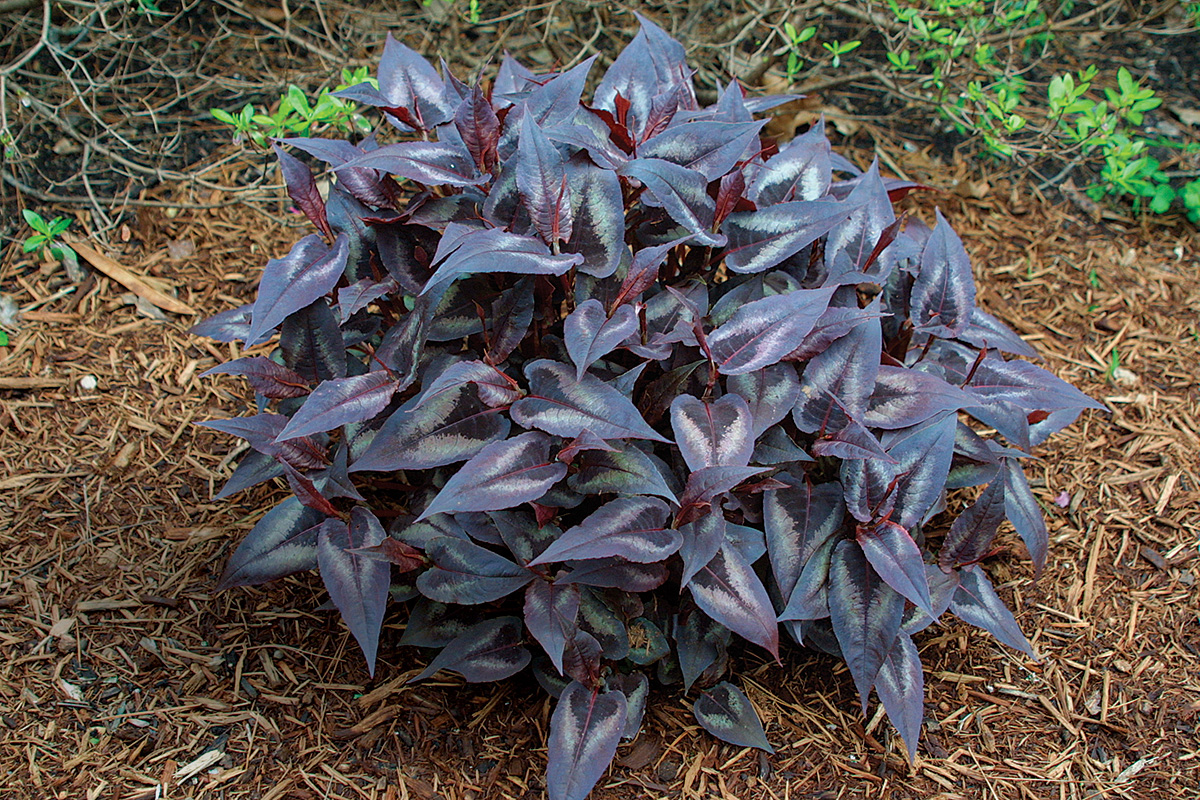
Hardiness:
Our lack of success with P. microcephala selections such as ‘Purple Fantasy’ and ‘Red Dragon’ (pictured above) was likely a cold-hardiness issue. In multiple attempts, these plants were knocked back hard or killed outright in winter.
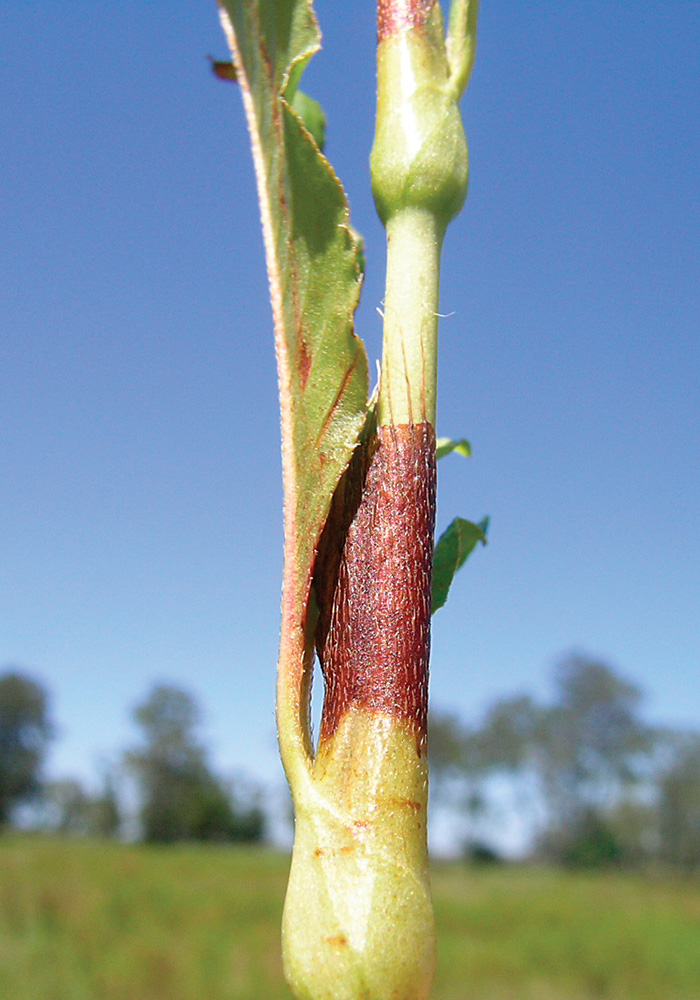
Habit:
They range from ground-hugging spreaders to big bushy mounds.
Foliage:
Many sport lance-shaped to broad heart-shaped leaves with long pointed tips. Shades of green abound, but novel color forms such as white-splashed, silver and burgundy, and prominent multicolored chevrons mark the leaves of some.
Naming:
Knotweed, a sometimes-used common name of persicaria, refers to the swollen stem joints or knots at the base of the leaves.
Flowers:
In summer through fall, white, pink, or red flowers cluster on spikes or sprays. While tiny on their own, they create impact in total. Flower forms range from chubby bottlebrushes to wiry wands.
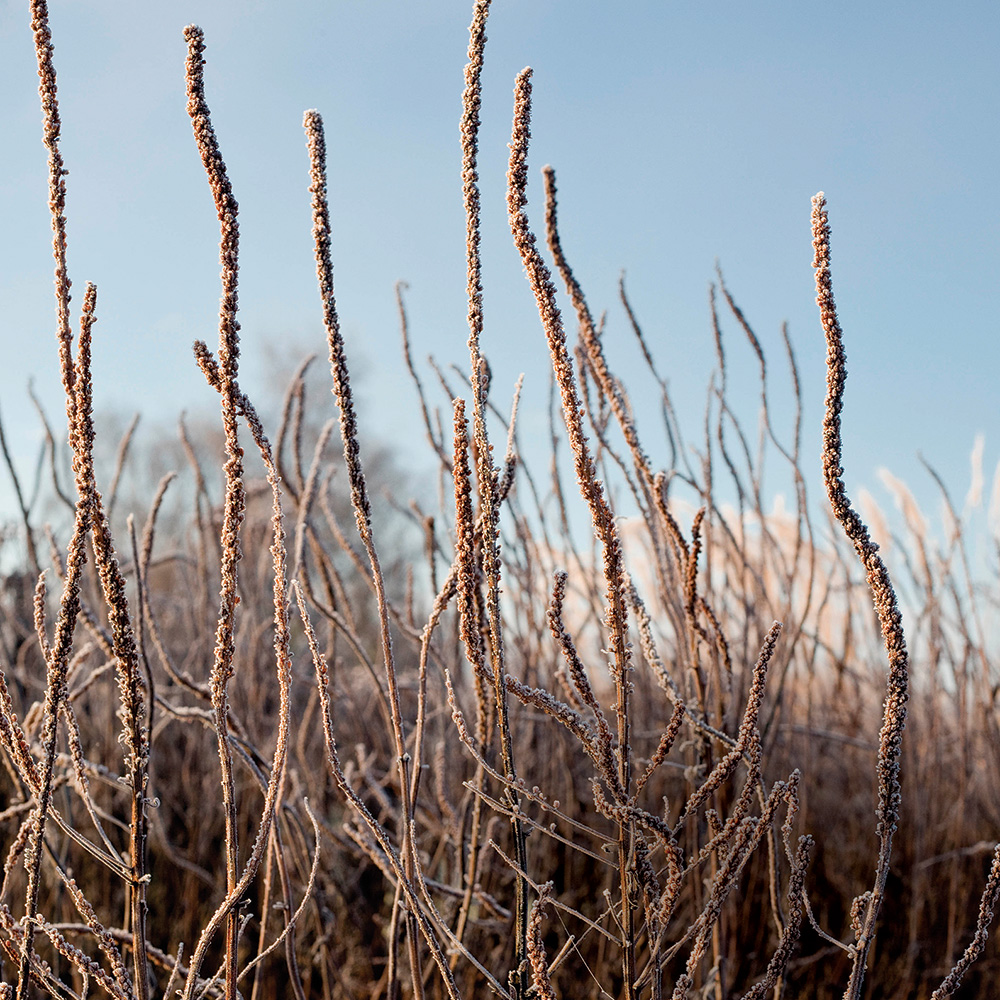
Seed heads:
Some seed heads age to eye-catching russet, bronze, or coppery tones. While pretty on their own, they’re fetching when mixed among late-season blooms.
Find the best of the best persicarias in Persicarias Deserve Your Love—Trial Results
Richard Hawke is plant evaluation manager for the Chicago Botanic Garden in Glencoe, Illinois.
Fine Gardening Recommended Products

Planting in a Post-Wild World: Designing Plant Communities for Resilient Landscapes
Fine Gardening receives a commission for items purchased through links on this site, including Amazon Associates and other affiliate advertising programs.

Corona E-Grip Trowel
Fine Gardening receives a commission for items purchased through links on this site, including Amazon Associates and other affiliate advertising programs.
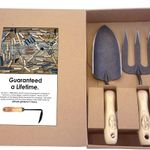
Dewit 3-Piece Tool Gift Set with 3-Tine Cultivator, Forged Trowel and Forged Hand Fork
Fine Gardening receives a commission for items purchased through links on this site, including Amazon Associates and other affiliate advertising programs.



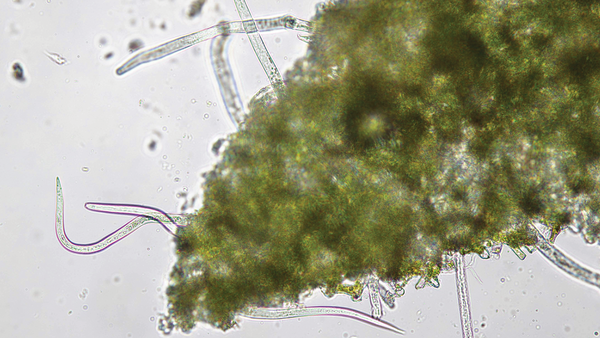
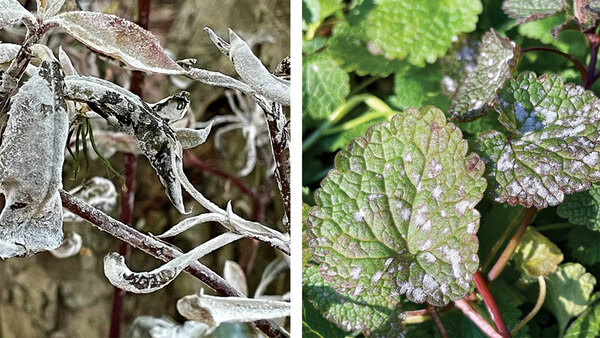
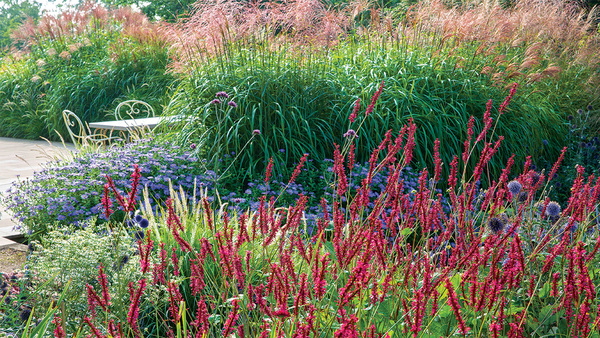


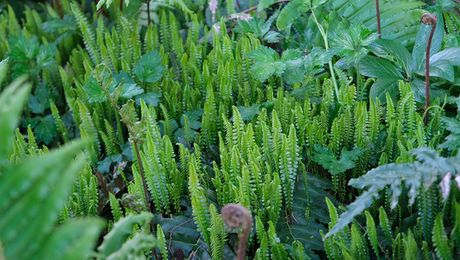










Comments
Log in or create an account to post a comment.
Sign up Log in